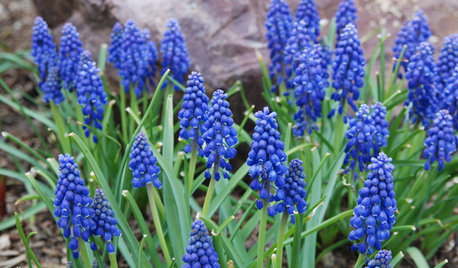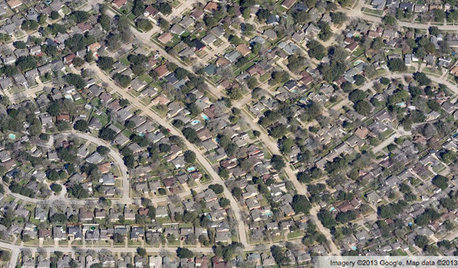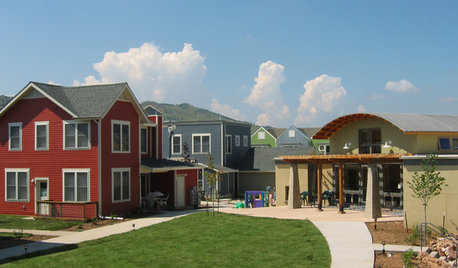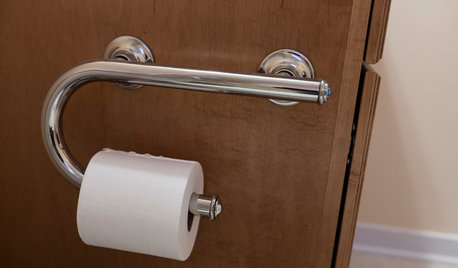Soggy core breakdown
windfall_rob
9 years ago
Related Stories

REGIONAL GARDEN GUIDESNortheast Gardener's April Checklist
Revel in the wonders of spring by babying bulbs, sprinkling seeds for root crops and setting out some nibbles for the birds
Full Story
COMMUNITYGet a Bird's-Eye View of America's Housing Patterns
See the big picture of how suburban developments are changing the country's landscape, with aerial photos and ideas for the future
Full Story
GREEN BUILDINGHouzz Tour: Going Completely Off the Grid in Nova Scotia
Powered by sunshine and built with salvaged materials, this Canadian home is an experiment for green building practices
Full Story
MOST POPULAR15 Remodeling ‘Uh-Oh’ Moments to Learn From
The road to successful design is paved with disaster stories. What’s yours?
Full Story
FURNITUREYour Essential Sofa Buying Guide
Here’s what to consider when looking for a quality sofa that will last
Full Story
BEFORE AND AFTERSKitchen Rehab: Don’t Nix It, Fix It
A small makeover makes a big impact in a traditional kitchen in Atlanta with great bones
Full Story
COMMUNITYTogetherness Take 2: Is a Cohousing Community for You?
Missing that sense of connection? Consider the new breed of neighborhood with a communal bent
Full Story
SMALL KITCHENSThe 100-Square-Foot Kitchen: Fully Loaded, No Clutter
This compact condo kitchen fits in modern appliances, a walk-in pantry, and plenty of storage and countertop space
Full Story
MOST POPULARModern Party Etiquette for Hosts and Guests
Learn the mannerly way to handle invitations, gifts and even mishaps for a party that's memorable for the right reasons
Full Story
LIFEThe Absolute Right Way to Hang Toilet Paper. Maybe
Find out whether over or under is ahead in our poll and see some unusual roll hangers, shelves and nooks
Full StoryMore Discussions







fruitnut Z7 4500ft SW TX
windfall_robOriginal Author
Related Professionals
Derry Landscape Architects & Landscape Designers · Maple Valley Landscape Architects & Landscape Designers · Wrentham Landscape Architects & Landscape Designers · Maple Heights Landscape Architects & Landscape Designers · Allentown Landscape Contractors · Cincinnati Landscape Contractors · Dinuba Landscape Contractors · Miller Place Landscape Contractors · Nanuet Landscape Contractors · New Baltimore Landscape Contractors · Palatine Landscape Contractors · Riverview Landscape Contractors · Spring Landscape Contractors · Tustin Landscape Contractors · Ferguson Landscape Contractorswindfall_robOriginal Author
fruitnut Z7 4500ft SW TX
jean001a
alan haigh
windfall_robOriginal Author
windfall_robOriginal Author
fruitnut Z7 4500ft SW TX
windfall_robOriginal Author
alan haigh
Bill Fleming
windfall_robOriginal Author
alan haigh
windfall_robOriginal Author
Bill Fleming
appleseed70